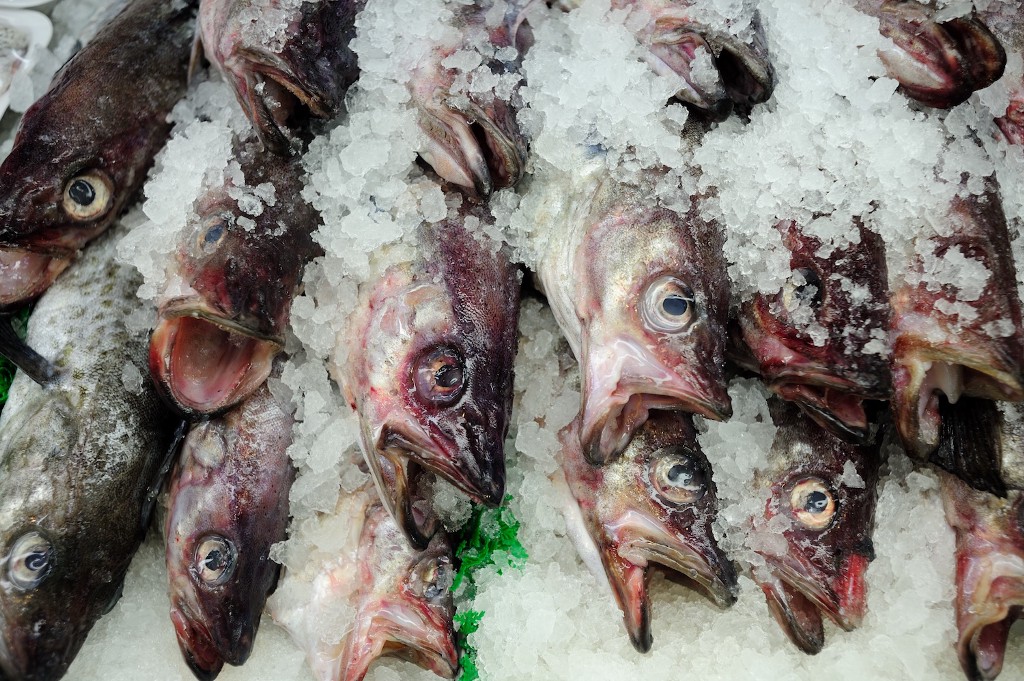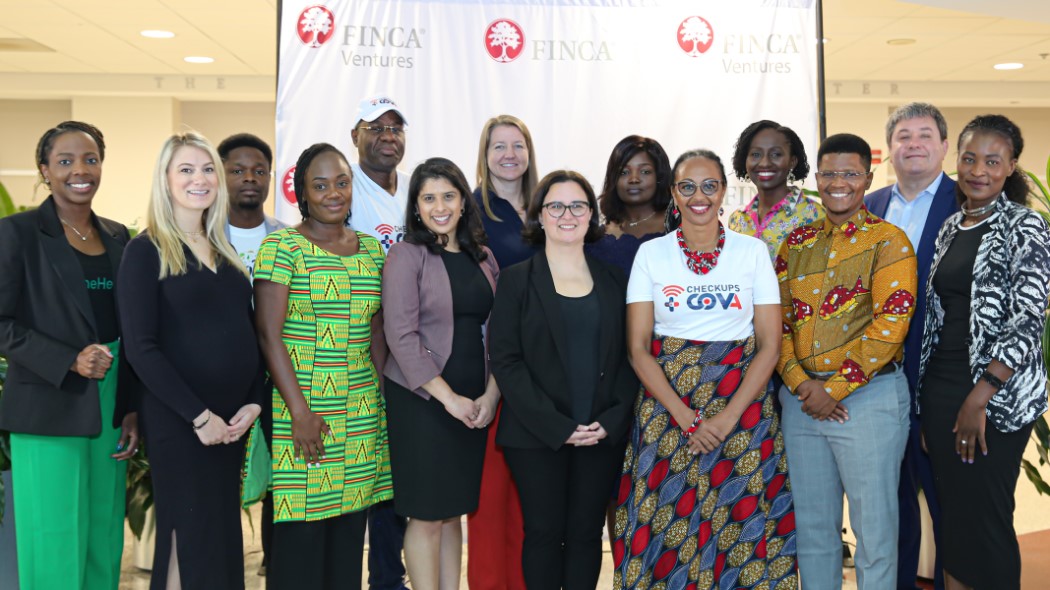This week’s Ocean Conference at the U.N. is focused on meeting Sustainable Development Goal №14 — “conserve and sustainably use the oceans, seas and marine resources for sustainable development” — by 2030. The Sustainable Fisheries Partnership can’t wait that long. It is aiming to ensure 75% percent of the world’s seafood is produced sustainably by 2020. Demand for seafood is growing fast, reaching 20-kilograms per person globally in 2014, and is expected to soar with the world population’s increasing demand for protein.
The non-profit partnership, launched in 2006, works with seafood companies to identify and take corrective action on fishing and aquaculture practices in their supply chains. Its public database of fisheries, FishSource, tracks issues and areas for improvement. Over half of global whitefish supply sources, like cod and hake, are “improving” sustainable practices, for example. (Talapia and pangasius, which are mostly farmed, have a ways to go.)
Other sectors which are making solid progress: pre-cooked tuna (the kind that comes in a can), and shrimp, owing to the demands of U.S. and European buyers. By contrast, 90% of the world’s squid, octopus, and fresh and frozen tuna have yet to undertake significant sustainability steps. “We want to see many examples of improvement efforts, even if the quality of those efforts varies, rather than merely a few examples of exceptionally good practice,” its Target 75 report says.











